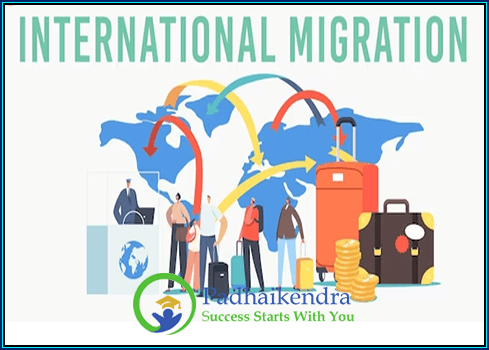India is one of the largest countries of origin for international migrants in the world, with an estimated 17.5 million Indians living outside their country of birth. The majority of Indian migrants are concentrated in the Gulf Cooperation Council (GCC) countries, such as the United Arab Emirates, Saudi Arabia, and Qatar, where they work in industries such as construction, hospitality, and healthcare.
The main drivers of international migration from India include economic opportunities, political instability, and family reunification. Many Indian migrants are highly skilled professionals who seek better job opportunities and higher wages in other countries. However, a large number of Indian migrants are also low-skilled workers who are employed in the informal sector and face various forms of exploitation and abuse.
The Indian government has implemented a range of policies and initiatives to support Indian migrants overseas, such as offering consular services, providing financial assistance to distressed migrants, and negotiating bilateral agreements with destination countries to protect the rights of Indian workers. However, there have been criticisms that these measures have not been effective in addressing the challenges faced by Indian migrants, particularly those in low-skilled jobs.
In recent years, the COVID-19 pandemic has had a significant impact on international migration from India, with many Indian migrant workers losing their jobs and facing difficulties in returning home due to travel restrictions and border closures. The pandemic has highlighted the vulnerabilities faced by Indian migrant workers overseas and the need for stronger protections and support systems for them.





